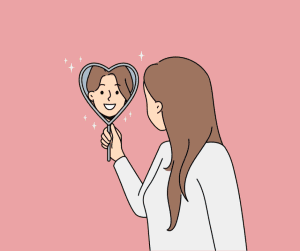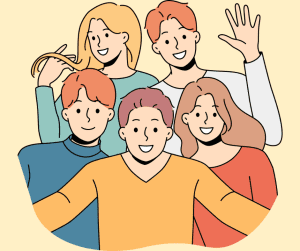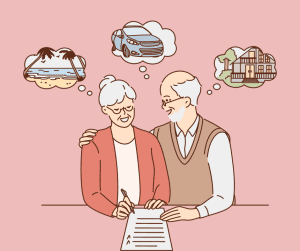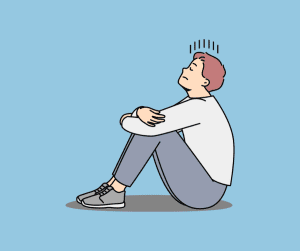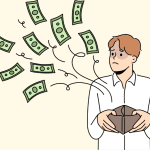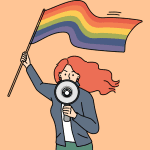A seasonal affective disorder, short SAD, is a type of depression that usually occurs in specific seasons with symptoms lasting about 4-5 months.
Most of the time, people affected start feeling the symptoms in the late fall or early winter until they go away in spring or summer, that’s why SAD is often referred to as winter depression.
However, some people experience it the other way around.
SAD is oftentimes related to changes in daylight hours, among others because the decrease in sunlight can result in a drop in serotonin, a brain chemical that affects our mood.
In our next reel about this topic, we will tell you more about the symptoms of SAD. But if you already feel like this is something that you experience you can talk to our professionals at kellimni.com
Symptoms of a seasonal affective disorder:
- A persistent low mood
- A loss of interest or pleasure in everyday activities
- You feel easily irritated
- You experience feelings of despair, guilt and worthlessness
- There is a lack of energy and you might experience changes in your sleeping pattern
- You could have concentration difficulties
- You withdraw yourself from social activities
These symptoms become a serious problem when they are severe and have a significant negative impact on your day-to-day life.
How to cope with seasonal depression
If you suffer from symptoms of seasonal depression, here are eight things that might help you to feel better.
- Try to go out as much as possible to catch natural sunlight.
- Exercise regularly.
- Practice stress management, like relaxation techniques.
- Make an effort to socialize. It might be hard to pull yourself up to go out with people but it can lift your mood.
- Go to bed early to get enough sleep.
- Make healthy food choices. Eat food that gives you more energy.
- Don’t turn to alcohol or drugs for relief.
- Talk about it. Either with friends or family or with a professional.
